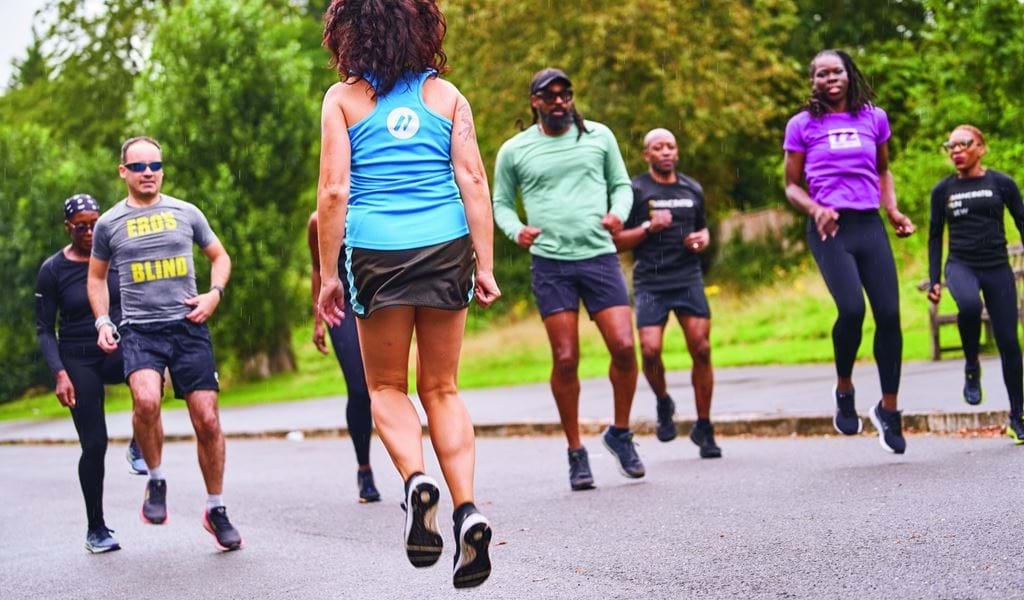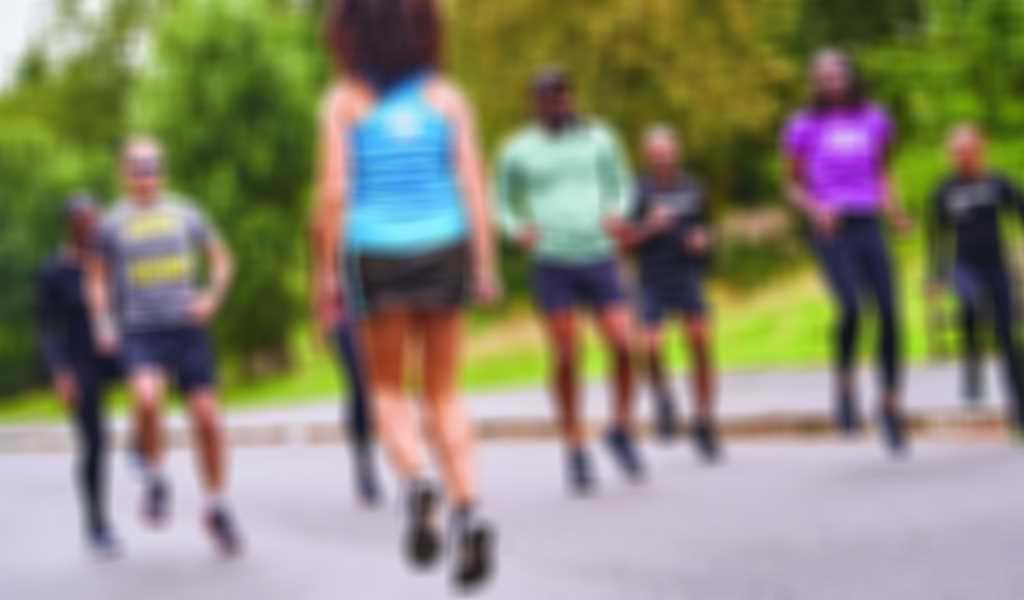How To Get Back Into Running
05 April 2022

Do you want to return to running but are unsure where to start? Fear not – our experts have some running advice to get you back on your feet.
If you’ve been a runner in the past, you’re off to a good start. This usually means you have the physiological capacity to run. That genetic capacity doesn’t just go away!
That said, your body will have lost some fitness, so don’t expect yourself to jump back in at the level you ran in the past. Instead, a positive and patient approach is the best way to return to running.
Start Slowly
At some point, all runners take some time out. This could be through injury, illness, or just time spent doing other things. And inevitably this means losing fitness. So, when planning a comeback, do so gradually and at a lower intensity and duration than you may have been used to.
Mixing slow, easy running with periods of walking is a good approach for those returning to running. Over time, you can gradually increase the pace and duration of running while also reducing your walking. Once you are running continuously, slowly increase the total duration of the run, giving your body time to adapt and get back to the level it was before.
When you are ready, and you feel you have more of a foundation of fitness, you can also start to focus a bit more on your pace. Just be careful. Your muscles and tendons will need time to adapt before you throw anything too high-intensity at them. Forget the ‘no pain, no gain’ mantra and plan to put your feet up as part of your running week.
Go 21st Century
Hydration, refuelling, and an understanding of how muscles react to speedwork have all evolved hugely in the past decade. And that’s without mentioning the advancements in modern running shoes, breathable fabrics, and waterproofing. One of the best running tips is to remember that synthetic fabrics are your new friend. It might be time to invest in some new gear!
Age Is No Barrier
There’s no arguing it – you’re physically better prepared for running when you’re younger. But don’t let that stop you. Whether it’s motivation or financial stability, many older runners are able to get far more from their bodies than you might think! In fact, research will tell you that runners often return to the sport they loved in their 50s.
You may feel unfit now, but keep in mind that you can still progress. If you only do steady miles then you’re unlikely to get any faster. Instead, once you have built your base of easy running, focus on drills, strength training, and other running training exercises.
It also pays to get small niggles looked at immediately. Anything that is a slight injury now may end up getting worse. Runners in their 60s and beyond are breaking new ground, particularly medically, and should be applauded. Keep bones healthy with calcium-rich foods and plenty of vitamin D. Pay attention to heart and blood pressure health and have regular check-ups.
Mobility Is Key
Flexibility and joint health are hugely important to runners. Yoga and pilates are great, not only for those returning to running but for all runners in general. These exercises can help to condition and repair your body, enabling you to pound the trails for many years to come. With RunTogether, your run leader will be able to suggest some great ideas and exercises to keep you mobile.
Feed That Habit
Steve Peters – an amazing runner producing incredible times in his 50s and 60s – is a sports psychologist famed for recognising the ‘chimp’ in all of us, and its negative outlook on life. Check out his book “The Chimp Paradox: The Mind Management Programme to Help You Achieve Success, Confidence and Happiness”. It’s a simple tale about controlling that chimp and its negative thoughts. That’s things like deciding to stay at home and watch TV whenever it's raining. Instead, create amazing habits that can be hugely significant in later life. No time like the present.
Find A Group
If you’re still feeling nervous to return to running, then look no further than a running group. Join a friendly, inclusive group of individuals and those nerves will soon fade away. The physical and psychological benefits gained from running in a group are well documented, but put simply, running is more fun and much easier when shared with others.
Find your local RunTogether group.
Why Bother?
Scientific studies have shown that a sensible amount of running can boost the immune system. The flip-side is that too much running with limited recovery, can have the opposite effect. So, find a balance! There has never been a more important time than the present to have an immune system which is ready for a battle.
Looking for more tips on returning to running? You can stay up to date with our running advice by checking out our other blog posts! If you’d like to get in touch, you can also send us an email with your own experiences or questions to hello@englandathletics.org.
more blogs




